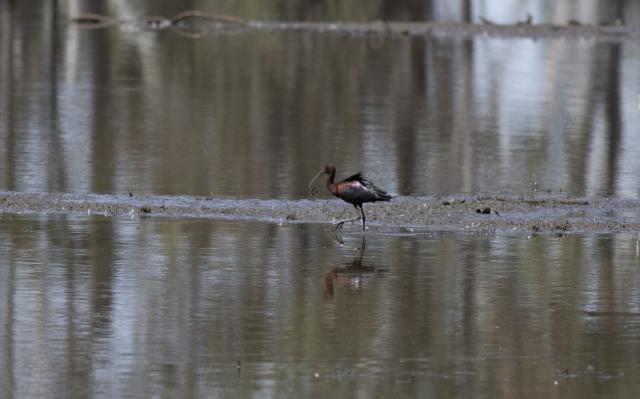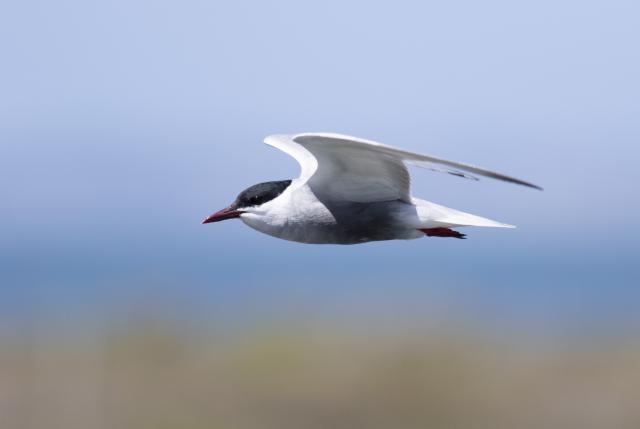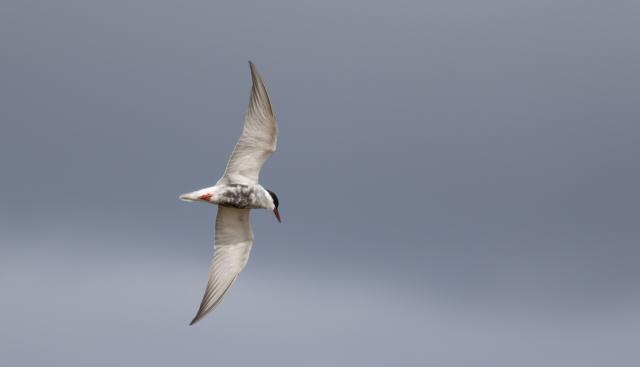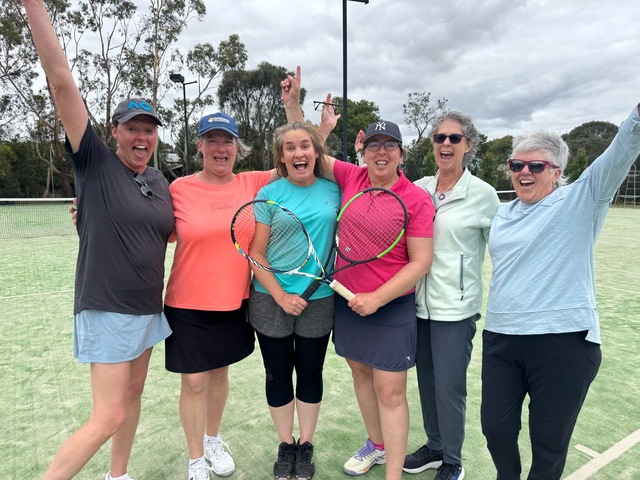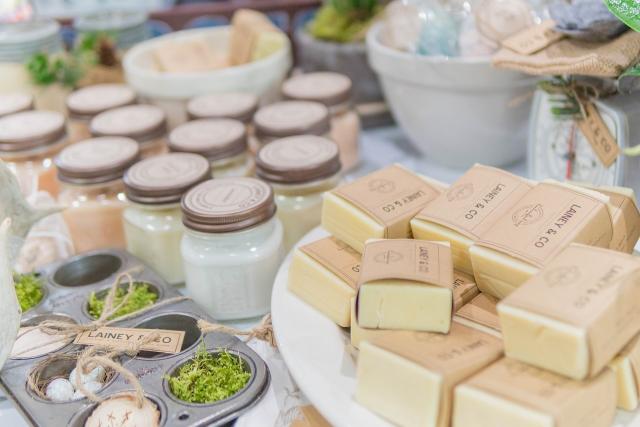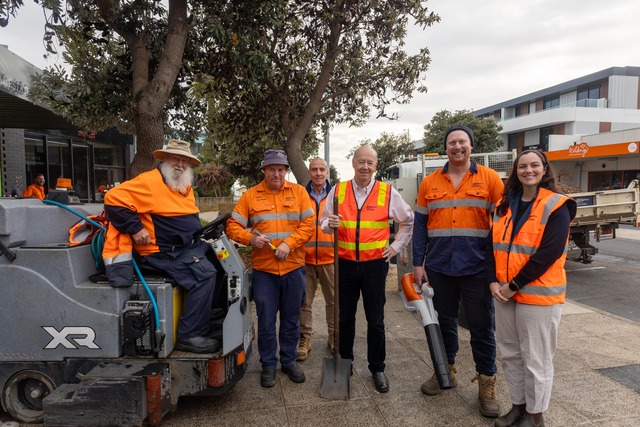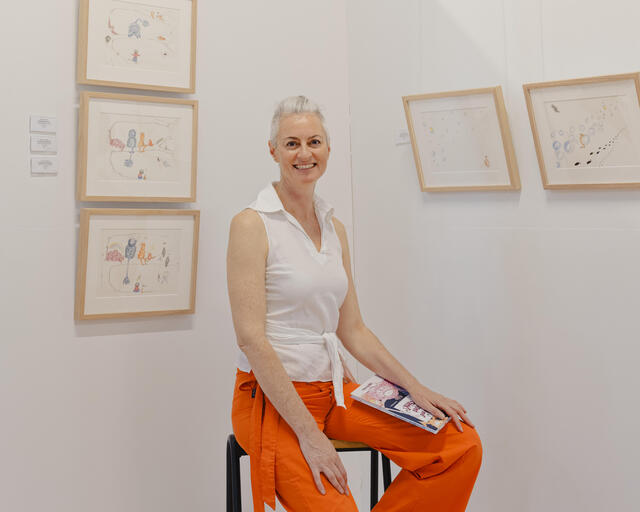There have been a few impressive thunderstorms over the past few weeks, and in between it’s been fairly dry on the Bellarine.
It’s been perfect weather for getting out and about I’ve had a few lovely day trips lately.
I went to Western Treatment Plant and the highlight was seeing six brolgas, with two of them dancing and calling. There were good numbers of migratory waders such as red-necked stints, common greenshanks and sharp-tailed sandpipers.
This time of year, there are always many whiskered terns in southern Victoria. Whiskered terns are marsh terns rather than coastal terns and they can be seen around freshwater wetlands, freshwater swamps, saline lakes, floodwaters, sewage farms, irrigated farms and large dams. These birds are migratory and nomadic and are widely distributed throughout the mainland when they are not breeding.
Whiskered terns can also be seen around Lake Victoria in Point Lonsdale and Lake Connewarre.
I was talking to birdwatcher extraordinaire Robin Spry, who told me that there were painted snipes seen near Maldon in central Victoria. In fact, the snipes have been seen at Bells Swamp near Maldon since May.
Painted snipe are endangered birds and very cryptic, in that they hide in reeds on the edges of swamps. I drove to Maldon, and had a lovely day, but did not see a painted snipe. I saw a lone glossy ibis, plus many black-fronted dotterel, and black-tailed native hens.
I made a note to myself not to wait a few months after a bird is seen in an area to go and try and see it.
Robin has a property around Point Lonsdale where she has seen almost 100 species of birds over a few years and I visited to sit in her bird hide that was built for her by her family. The bird hide was lovely except for the huntsman spider that was also birdwatching next to my left shoulder.
On my way to work one day I dropped into Hospital Swamp for a look around. On one of the gum trees along the fence line was a male superb fairy-wren feeding a Horsfield’s bronze-cuckoo fledgling.
Cuckoos lay their eggs in the nests of other small birds, who then inadvertently incubate the eggs and rear the young. The cuckoo in this instance was very vocal in bossing the wren around in begging for more
and more food, and the poor wren was working overtime to please the cuckoo.
I had a long walk around Ocean Grove Nature Reserve. I saw a Rufous whistler, an eastern yellow robin, many grey fantails, as well as a few newly fledged eastern rosellas.
It was lovely to sit in the bird hide and watch the fairy-wrens and New Holland honeyeaters drinking in the west track dam.

